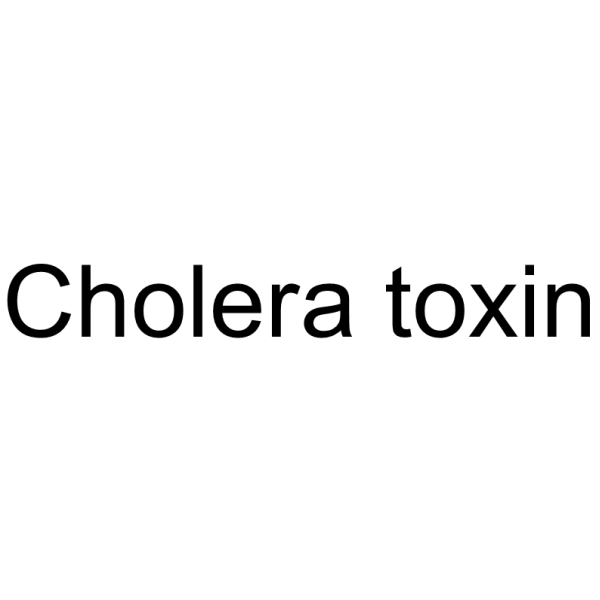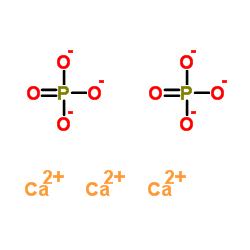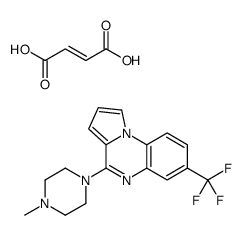| Structure | Name/CAS No. | Articles |
|---|---|---|
 |
Insulin(cattle)
CAS:11070-73-8 |
|
 |
Cholera toxin
CAS:9012-63-9 |
|
 |
Calcium phosphate
CAS:7758-87-4 |
|
 |
Hydrocortisone
CAS:50-23-7 |
|
 |
(E/Z)-4-hydroxy Tamoxifen
CAS:68392-35-8 |
|
 |
CGS-12066 maleate
CAS:1350965-83-1 |